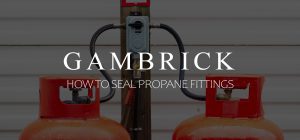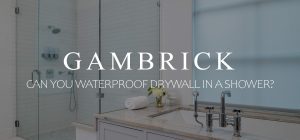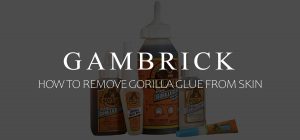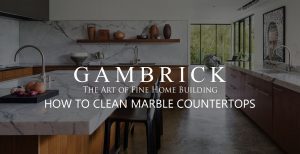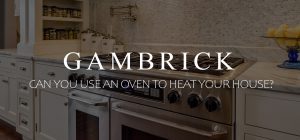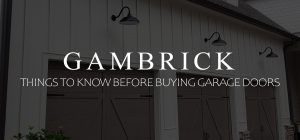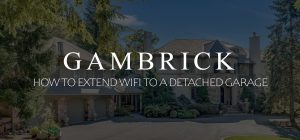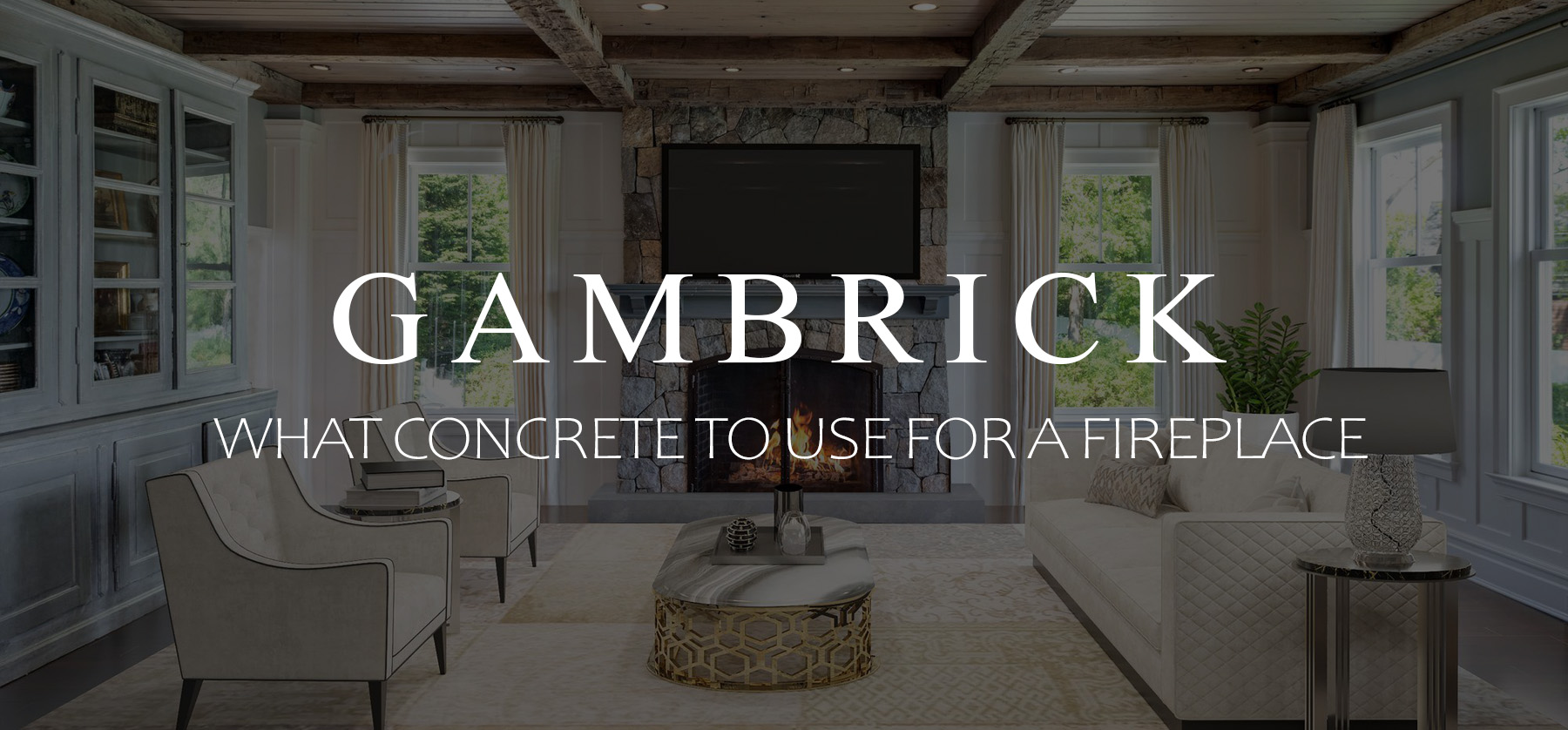
What Concrete To Use For A Fireplace
Concrete is a very durable material that’s naturally resistant to fire. However, when concrete mortar is exposed to extremely high temperatures its tensile and compressive strength can decrease. To compensate for this strength loss, special concrete mixes are used when building a fireplace hearth. I’ve been a mason for 25 years and call tell you firsthand that the best concrete for a fireplace includes a mix of high alumina cement and refractory aggregates like crushed brick, limestone, or slag. This special concrete mixture can withstand the high heat of a fireplace without losing strength or durability.
Once the fireplace is built, allow it to cure for at least 7 – 10 days before exposing it to high heat. Make sure to reinforce the hearth with brick or steel that’s also heat resistant.
To make building a fireplace easier, concrete companies like Sakrete and Quikrete both make a concrete mix ratio designed for high heat applications.
Sakrete High Heat Mortar mix is a dry, medium-duty mortar that’s designed for setting masonry units in a fireplace or chimney. Use it to set clay firebricks, stone or flue-liners. It has high heat resistance formulated to withstand temperatures up to 2550°F and excellent strength. It’s sold in 50lb bags (22.75KG) for around $75 per bag. It’s safe to use indoors and out.
Quikrete makes a great fireplace mortar repair cement that comes in a standard 10 oz. tube. It’s a silicate based refractory cement designed for repairing damaged firebrick and mortar joints in a firebox. The cement is rated to withstand temperatures of 2000˚F. You can buy a 10 oz. tube for around $10. But because it’s a premix you can only use it indoors.
What Concrete Should You Use To Build A Fireplace?
Standard concrete can lose tensile and compressive strength at extremely high heat, so a fireplace should be built out of a concrete mix that has high heat resistance. I either mix my own blend or use a product like Sakrete High Heat Mortar Mix. It’s easy to work with and can withstand temperatures up to 2550°F. But it’s a bit expensive.
Concrete mixes are not created equal. Building a fireplace requires a different concrete mix than for pouring shower pans because a fireplace gets extremely hot.
For small to medium size fireplace jobs, I use a ready-mix concrete. However for larger chimney jobs it’s cheaper to mix your own.
Another great product for small to medium size projects is Rutland Castable Refractory Cement. It’s pre-mixed and sold in tubs. You can buy a 25 lb tub for around $60.
If you mix your own high heat concrete, make sure it includes a high alumina cement (HAC) which is made up of calcium aluminates, sand and refractory aggregates like crushed brick, limestone, or slag. Including these ingredients makes concrete both strong and heat resistant. Which is what you need when building a fireplace hearth, firebox or chimney.
Concrete is the best material to use when build a large fireplace because it has so much compressive strength.
However using standard concrete can weaken from the heat. If you’re building a fireplace hearth, firebox or chimney that’s exposed to extremely high heat, make sure your mix has the right ingredients.
A high heat concrete mix can resist temperatures over 2000°F without losing strength or durability.

High Heat Fireplace Concrete
If you’re going to mix your own concrete for a fireplace or chimney build, it’s important to use the right ingredients. Standard concrete is very strong, but it loses some strength when exposed to extremely high heat. This can spell disaster if you’re building a large chimney because the concrete could eventually become weak and brittle.
High heat concrete contains cement, sand and aggregates just like regular concrete. However, the cement contains a high alumina content and the stones are a little different.
Below we’ll discuss each ingredient you need to include in your concrete mix ratio.
High Alumina Cement
Cement with a high alumina content is also called calcium alumina cement. It’s made by grinding minerals like lime and chalk. The minerals are ground and super heated, then cooled an ground down again. The end result is a powder that’s used to make high heat cement.
This unique cement mix was first used in sewers and underwater construction. However because of its extremely high heat resistance, contractors use it to build fireplace hearths, fireboxes and chimneys.
Calcium alumina cement is a very fine powder, so it’s important to use safety equipment when handling it like goggles, gloves and a mask.
Refractory Cement
Refractory cement is cement with heat-resistant properties such as refractory particles or aggregate. They usually come premixed for easier use by the consumer.
Examples of refractory cement are Quikrete Fireplace Mortar, Sakrete High heat Mortar and Rutland Castable Refractory Cement.
The key component in heat-resistant concrete is a high alumina cement. This content gives the concrete enough heat resistance to be used in a fireplace.
There are two main types on the market:
- High-grade heat-resistant concrete is used in areas of extreme heat. I use this when building a firebox that comes in direct contact with fire.
- Low-grade heat-resistant concrete is used in areas of lesser heat. This can be good when building a chimney.
High-grade and low-grade heat resistant concrete can be used on the same fireplace. generally speaking, the closer you get to the fire the higher the heat. When installing fire bricks in the firebox I use the highest heat resistance possible. But as I move away from the heat a lower-grade concrete can be used.
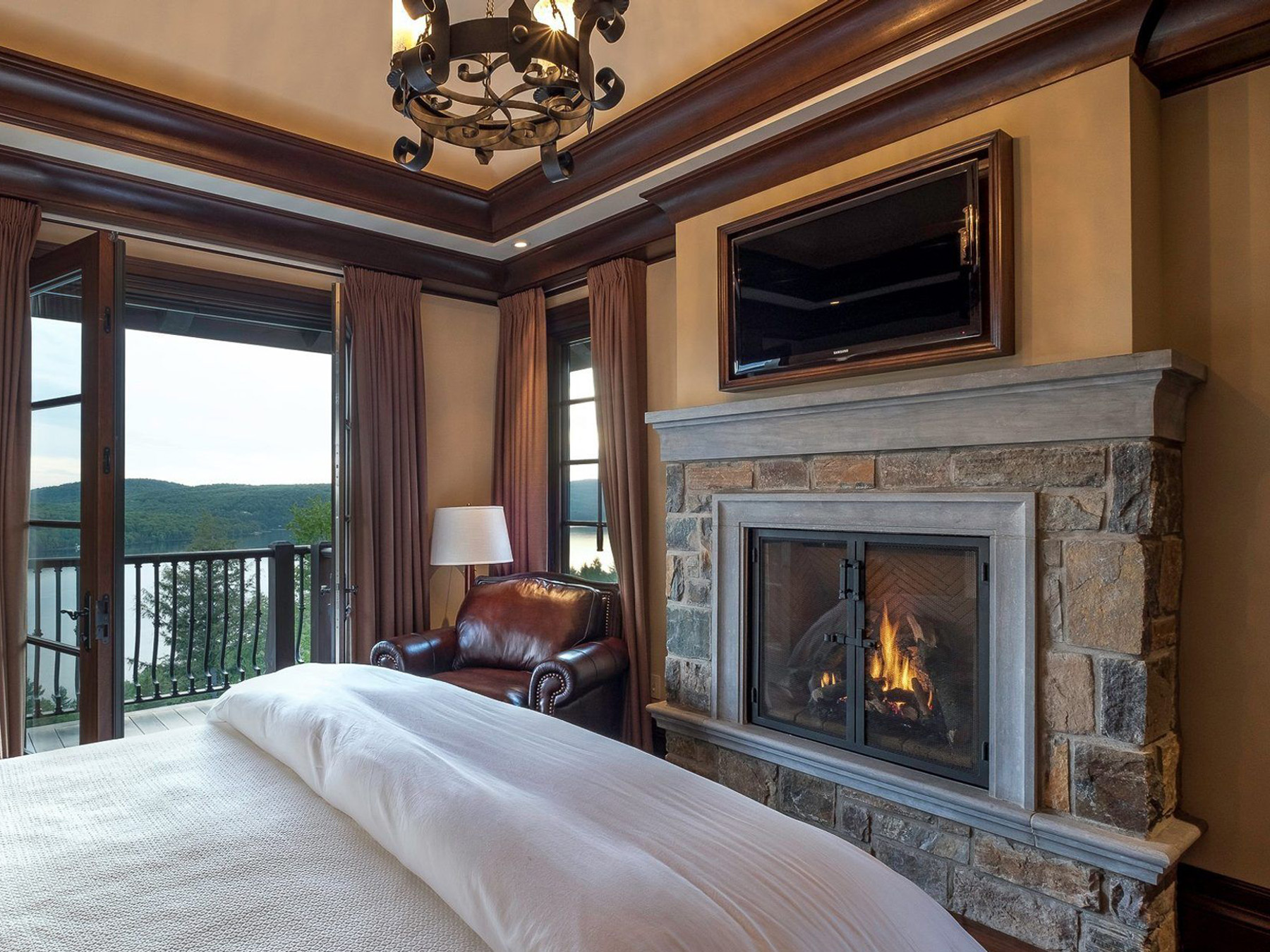
Concrete With High Alumina Cement & Refractory Aggregates
High heat concrete that includes Sand, Crushed Bricks, and High Alumina Cement are required to build your fireplace strong and durable.Without these ingredients, regular concrete can’t handle the heat of a fireplace. It loses compressive and tensile strength at high heat. The result can be cracks in the fireplace hearth, firebox and/or chimney.
As you move away from the heat, standard cement and mortar can sometimes be used. I use regular mortar for chimneys and fireplace surrounds that don;t get too hot. But for areas that come in contact with high heat I always use a high-grade heat resistant concrete.
When building the firebox, fireplace hearth and flue liner you should use a high heat product.
A firebox is usually made of brick and/or metal to provide strength and durability. The firebox comes in direct contact with fire which is the hottest part of the fireplace. In most cases fires are started directly on top of the fire bricks.
High heat concrete which includes refractory aggregates and high alumina cement should be used in the hottest areas.
How To Make High Heat Fireproof Concrete
A standard concrete mix of Stone, Portland Cement and Sand mixed with water can’t handle the extreme heat of a firebox. When the heat is really high you need a special concrete mix that’s fireproof and won’t weaken when exposed to very high temperatures.
Fireproof concrete has a few applications inside and outside a home. Things like wood-fired ovens, kilns, fire-pits and fireplaces are built with fireproof concrete and/or other fireproof materials. Fireproof high-heat concrete is also know as refractory concrete.
Fireproof concrete is made commercially by mixing fly ash, a by-product of the production of Portland cement, into the concrete mix. But you can make your own fireproof concrete with materials available at many home improvement stores or masonry supply houses.
If you make your own batch of heat-resistant concrete you need to buy refractory cement. It contains the ingredients needed to make regular concrete heat-resistant.
Once you have the refractory cement, stone, hydrated lime and sand ready, you can start mixing them together in the correct ratios which we’ll discuss below.
Step 1: Gather The Ingredients
The first step in making your own high-heat concrete is gathering the dry ingredients.
The ingredients follow a 1:2:3:0.5 concrete mix ratio. That means 1 parts refractory cement, 2 parts sand, 3 parts gravel and 0.5 parts hydrated lime. This mixture will create a 3500 psi concrete that can handle high temperatures.
Follow this ratio regardless of how much concrete you’ll be making. The parts can be whatever measuring size you want based on the amount of concrete you need. I usually use 1 gallon buckets. For example, I use 1 bucket of refractory cement, 2 buckets of sand, 3 buckets of gravel and 1/2 bucket of lime. If you need more concrete increase the amount of buckets you use equally for all ingredients.
Step 2: Mix Dry Ingredients
Mix all the dry ingredients together thoroughly before you add water.
Step 3: Add Water
Add water slowly as you mix together the ingredients.
Don’t over water the concrete. Add just enough water to activate all the ingredients so that no powder remains.
The consistency should be like dry oatmeal. You should be able to hold the concrete in your hand and pack it like a snowball. If its too dry to hold form you need more water. But if it’s too watery to hold you need more dry ingredients.
If the mix is watery, you need to add more dry ingredients to soak up the excess water. If the mix has powder left over, you need to slowly add more water and keep mixing.
Step 4: Installation
Once the concrete is thoroughly mixed to the right consistency it’s OK to start working.Don’t let the concrete ix sit for too long because it will start to harden. If you can’t start working right away, cover the concrete with plastic. This will help it stay wet until you’re ready.
Use a trowel or other masonry tool to apply the concrete where needed.
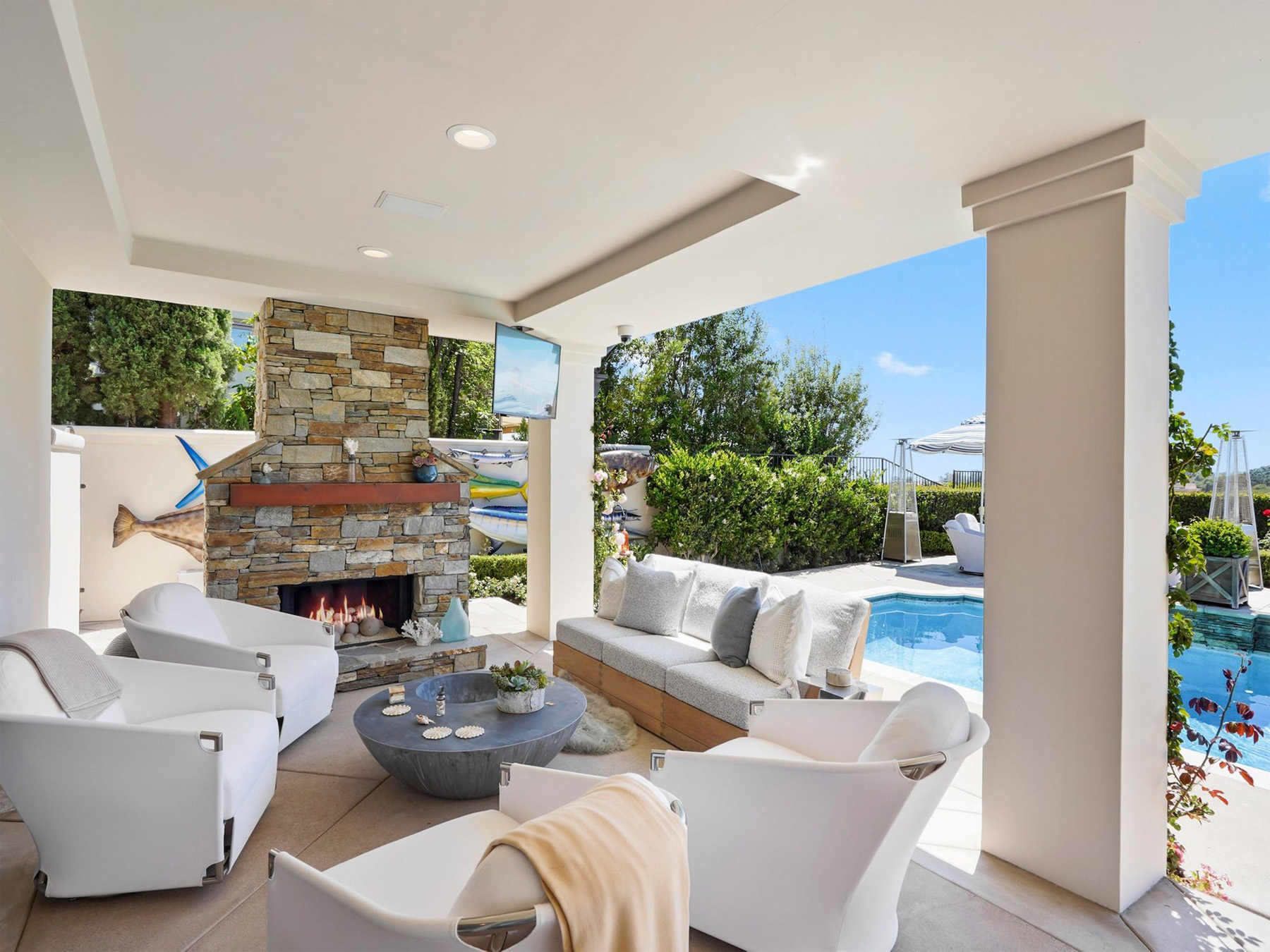
How To Build A Heat-Safe Fireplace
If you want to build a fireplace that’s heat-safe, you need to use the right materials.
Heat-resistant refractory concrete can withstand temperatures of over 2,000ºF. This is high enough to be used inside most fireboxes, fireplace hearths and to build a chimney flue pipe.
A firebox is considered a hot-face application because it comes in direct contact with fire. This is usually the hottest part of the fireplace. In these extremely bot areas you need to use a high-heat concrete.
If you’re mixing high-heat concrete yourself, try a product called Meeco’s Red Devil Furnace Cement. It’s safe to use up to 2,000 degrees Fahrenheit (1093.33 degrees Celsius), which is hot enough for the average fireplace.
As you move away from the firebox and flue pipe, temperatures get lower.
- The firebox is usually the hottest part of a fireplace. I use the highest grade heat resistant concrete here.
- Next comes the chimney flue-pipe. I also use the highest heat resistant concrete to build the chimney flue.
- The fireplace hearth doesn’t usually get as hot as the firebox or flue-pipe. You can use a use a lower heat resistant concrete to build it.
- Chimneys and fireplace surrounds can still get hot, but a lot less than the firebox and chimney flue-pipe.
Properties of Concrete at High Temperatures
The mechanical properties of concrete deteriorate at temperatures above 300°C (572°F). Areas that reach these temperatures usually include the firebox and chimney flue-pipe. However, the fireplace hearth and surround can also get fairly hot.
I recommend using a heat resistant concrete to build the firebox, chimney flue-pipe, fireplace hearth and surround.
The following characteristics are needed from the concrete used to build a fireplace:
- Tensile strength
- Compressive strength
- Stiffness
- Spalling
- Heat Resistance
In the next sections we’ll discuss what each of these terms means in more detail and why they’re important to a strong fireplace.
Compressive Strength
Compressive strength refers to how much weight or pressure it can withstand without breaking. Concrete has a high amount of compressive strength which makes it a great material for building footings and foundations.
Concrete’s high compressive strength means it can carry a lot of weight without breaking.
When you build a fireplace or chimney, bricks, stone or other masonry materials are stacked atop one another. And they’re usually built on top of a solid concrete footing. This means they need concrete with high compressive strength to carry the weight without cracking.
When concrete gets extremely hot its compressive strength can be reduced. This makes it more likely to crack under the weight of the fireplace.
To retain the concrete’s compressive strength, a high-heat mixture should be used.
Tensile Strength
Tensile strength is the force of bending, twisting or being pulled apart. Although concrete is high in compressive strength, it’s very low in tensile strength.
Building a fireplace and chimney with a high amount of tensile strength can be important depending on the design. For example, if you have a high chimney to supported by the house, it may move in high winds or an earth quake. To resist these lateral forces tensile strength is needed.
To increase a fireplace’s tensile strength, reinforcement is used. This usually includes rebar and/or wire mesh.
Just like concrete’s compressive strength, tensile strength weakens as the temperature gets extremely hot.
When a high-heat concrete is used, tensile strength remains high during high heat.
Stiffness
Masonry is a naturally stiff material. It doesn’t like to move because movement creates cracks.
At lower-stress levels, concrete’s stiffness is relatively constant. However, stiffness can decrease when the temperature rises.
Concrete naturally has a low coefficient of thermal expansivity. This refers to the changing of shape, volume, or area due to changes in temperature. Almost all building materials expand and contract as the temperature changes. Some of this is OK on a home or building but too much can cause problems. Especially around a fireplace where cracks can cause fires.
To avoid cracking, concrete should be built with a heat-resistant concrete. It handles high heat better which can reduce expansion.
Spalling
When concrete starts to flake its called spalling. It usually occurs in reinforced concrete as the rebar or wire starts to rust. But it can also be caused by internal pressure from ice or steam.
When concrete is heated quickly, water inside its pores can turn into steam. This creates pressure beneath the surface. As pressure builds, chunks of concrete can flake off which releases the pressure.
Spalling can be reduced and usually eliminated by using a high-heat concrete mix.
Heat Resistance
If a fireplace sustains direct heat, for example a wood burning firebox, it needs to be built out of high heat materials.
The inside of the firebox is usually built out of fire bricks with a clay tile flue pipe. This is because fire bricks and clay flue pipes can handle extreme heat. But the material that connects the bricks and tiles together needs to handle extreme heat as well. If the concrete used to build the fireplace fails, cracks will form.
It’s very important to use all high-heat resistant materials inside and around a fireplace. As you move away from the firebox and flue-pipe, temperatures fall. But they’re still in close proximity to fire and will be hotter than normal.
I recommend using heat-resistant concrete on the entire fireplace. However, I use the highest heat-resistant concrete mix to build the firebox and flue-pipe.
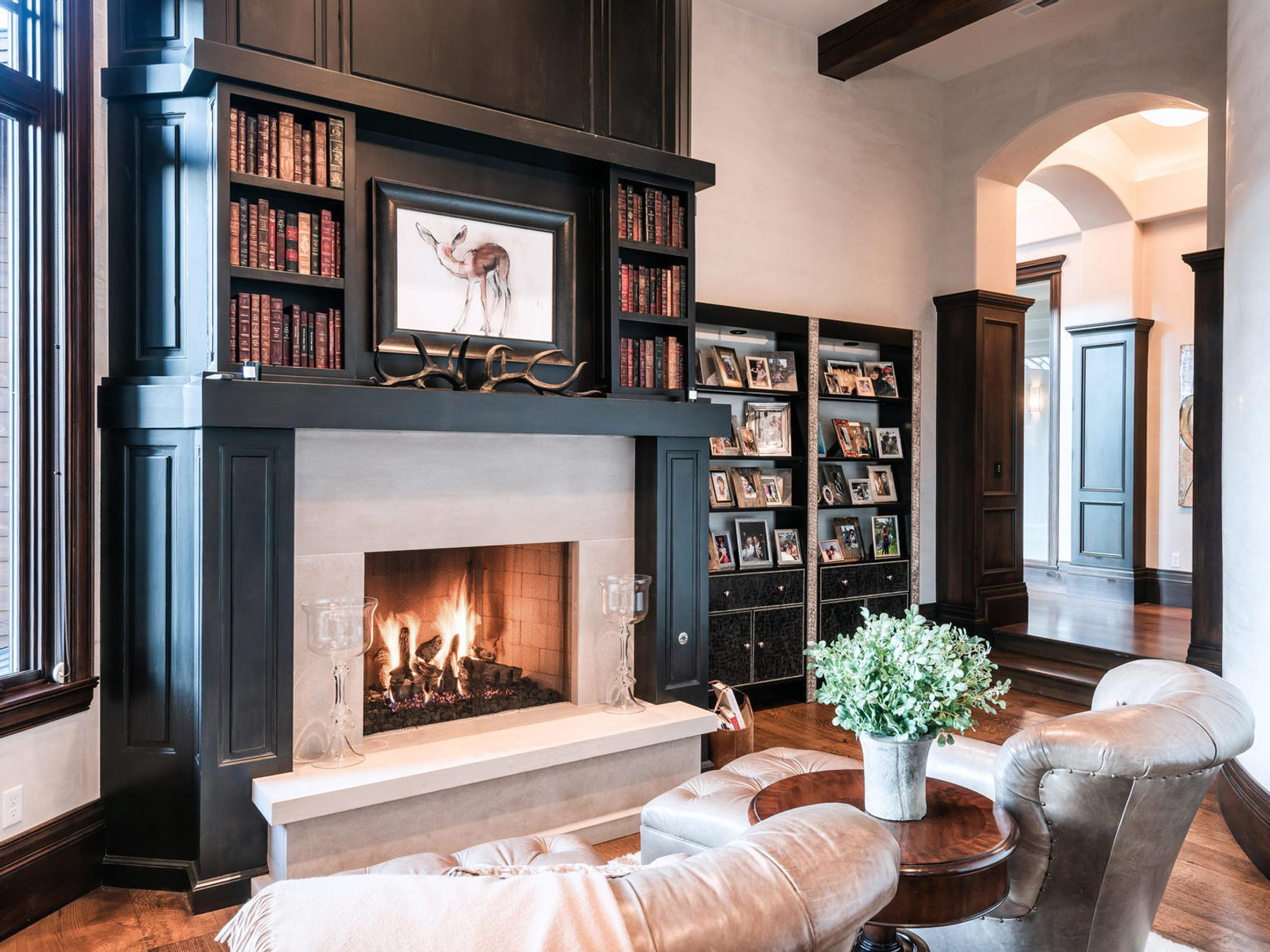
Concrete Fireplace Pros
Concrete is a fantastic material for building a fireplace. It’s increased in popularity over the years as a finish material for walls, floors, countertops and fireplace surrounds. Many designers are using it not only to build the house but also as a decorative material.
The great thing about concrete is its versatility. Its not only a great building material to hold together fire bricks and flue-tiles but also as a finish material.
If properly built, a fireplace using concrete can be durable and long lasting.
Because concrete absorbs and slowly releases heat, it can improve the heating efficiency of a home. This makes it a great material for a fireplace. Even when the fire is burnt out or turned down, the concrete and bricks will release heat into the home.
Concrete is very strong which allows you to build high chimneys or work with heavy stones.
The advantages of building a fireplace using concrete:
- It’s durable and long-lasting if built properly.
- Can increase the value of your home.
- Absorbs and slowly releases heat which can increase a home’s energy efficiency.
- A strong building material.
- Versatility.
Concrete Fireplace Cons
Concrete may not always be the best material if you use it incorrectly.
Fireplaces built out of brick or stone are very heavy. They require a strong building material like concrete to hold them together and support all that weight. But the concrete needs to be not only strong but also heat-resistant. If you use the wrong concrete you fireplace could fail.
Masonry fireplaces are difficult and expensive to build because they’re very heavy. All that weight typically requires a strong concrete footing to rest on.
They’re also labor intensive. each brick or stone is individually cemented in place one at a time.
Because most masonry fireplaces do not include an enclosed firebox, they require clearance from combustible materials. This takes up a lot of space inside a room.
Some say they aren’t good for the environment if they burn wood because carbon emissions are released.
Here are a few drawbacks of concrete fireplaces:
- Concrete fireplaces are expensive to build because they’re labor intensive and heavy.
- They take up a lot of space inside a room because they require clearance from combustible materials.
- May be bad for the environment.
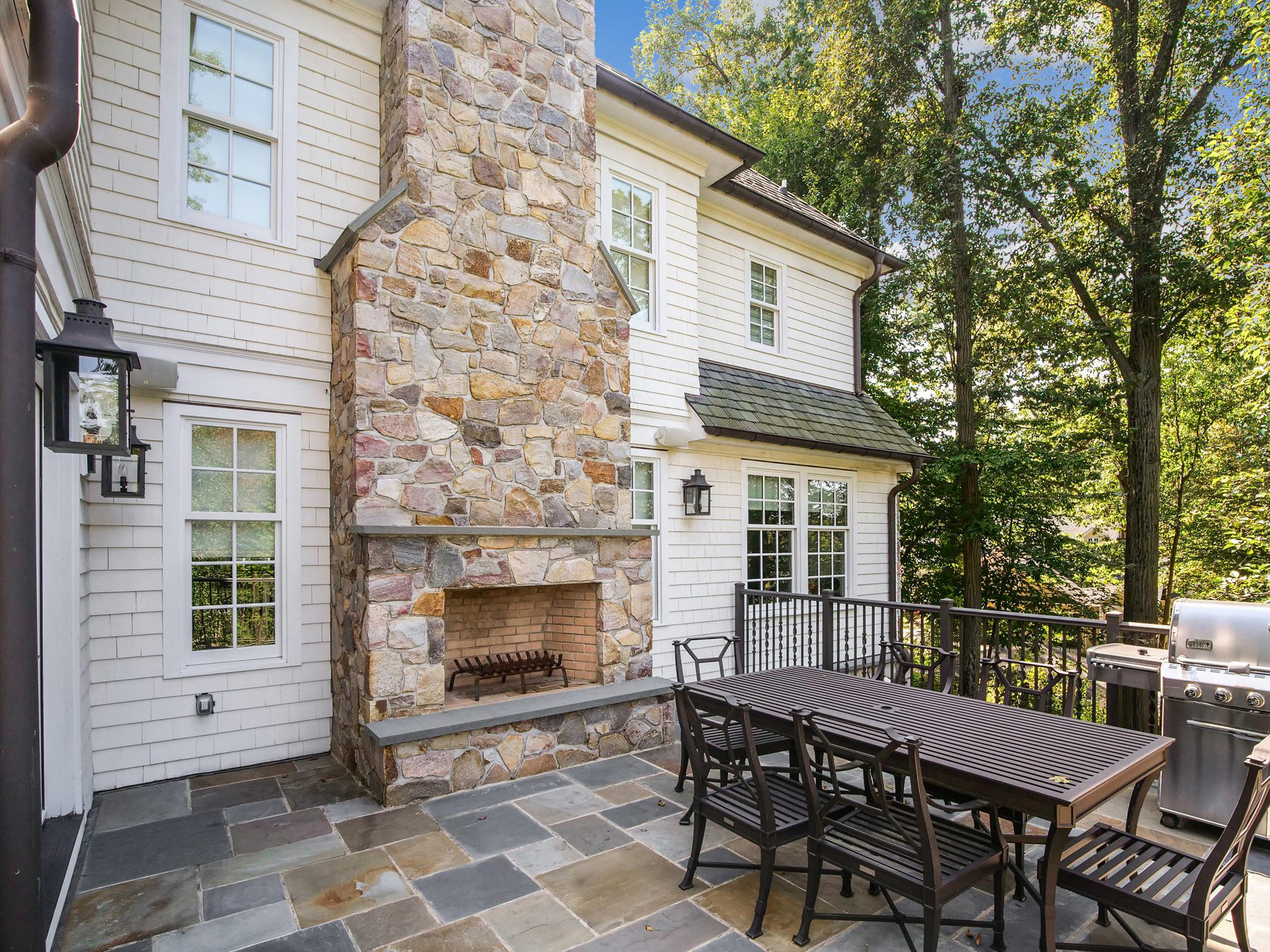
How To Maintain A Concrete Fireplace
Even a well built fireplace can eventually crack and need repair. When that time comes, you should use heat-resistant concrete and mortar to make repairs just as you would when building the fireplace.
Make sure that you don’t make repairs with regular concrete in areas that get hot. If you do, the repair will be a weak spot that could crack again.
Concrete and masonry fireplaces are durable and low maintenance. But it’s still important to inspect a masonry fireplace from time to time to make sure there are no cracks big enough to cause a fire. If you find any, they should be repaired immediately. Common areas that need repairs are cracked joints, bricks or stones.
Here are some tips to keep your fireplace in good working order:
- Use the right type of wood.
- Install carbon monoxide and smoke alarms.
- Watch out for creosote and soot build-up.
- Inspect for cracked joints, bricks and/or stones.
- Pay special attention to the firebox and areas closest to direct heat.
For small repairs I use Quikrete Fireplace Mortar. It comes in a 10 oz. tube you apply with a standard caulk gun. The mortar can withstand temperatures of 2000°F which is hot enough for most fireboxes.
For larger repairs like replacing fire bricks or stones, I use Sakrete High Heat Mortar or Rutland Refractory Cement.
Using a ready-mix high heat product for small repair is much easier and cheaper than mixing my own concrete.
Can Concrete Explode In A Fireplace?
Concrete can explode when exposed to extremely high heat.
In a recent Empa study, a concrete slab was heated to roughly 600ºC (1,112ºF) and it exploded due to severe loss of strength. Because most fires reach these extremely high temperatures, it’s important to use materials that can handle the heat.
Regular concrete is made out of sand, cement, and stone mixed with water. It’s usually reinforced with rebar and other additives to build footings and foundations. With proper reinforcement, concrete is strong enough to build huge structures like buildings and damns. But those reinforcements are not designed to resist heat.
Concrete can explode when exposed to high heat because of its small pores.
Concrete absorbs water because it contains pores. These tiny tunnels form throughout the concrete as it cures. But small pores makes it hard for moisture and steam to escape. This allows pressure to build up internally.
Parts of the concrete can break and blow out as a result of the increased pressure.
Summary: What Concrete To Use For A Fireplace
Concrete is a very durable material that’s naturally resistant to fire. However, when concrete mortar is exposed to extremely high temperatures its tensile and compressive strength can decrease. To compensate for this strength loss, special concrete mixes are used when building a fireplace hearth. The best concrete for a fireplace includes a mix of high alumina cement and refractory aggregates like crushed brick, limestone, or slag. This special concrete mixture can withstand the high heat of a fireplace without losing strength or durability.
Once the fireplace is built, allow it to cure for at least 7 – 10 days before exposing it to high heat. And make sure to reinforce the hearth with brick or steel that’s also heat resistant.
To make building a fireplace easier, concrete companies like Sakrete and Quikrete both make special mixes for high heat applications.
Sakrete High Heat Mortar mix is a dry, medium-duty mortar that’s designed for setting masonry units in a fireplace or chimney. Use it to set clay firebricks, stone or flue-liners. It has high heat resistance formulated to withstand temperatures up to 2550°F and excellent strength. It’s sold in 50lb bags (22.75KG) for around $75 per bag. It’s safe to use indoors and out.
Quikrete makes a great fireplace mortar repair cement that comes in a standard 10 oz. tube. It’s a silicate based refractory cement designed for repairing damaged firebrick and mortar joints in a firebox. The cement is rated to withstand temperatures of 2000˚F. You can buy a 10 oz. tube for around $10. But because it’s a premix you can only use it indoors.
If you have any questions about concrete, email any time.

John Mazzuca | About | More Posts |
Custom Home Builder
John Mazzuca is a custom home designer and builder at Gambrick with over 25 years experience in the construction industry. John has designed, built and/or remodeled hundreds of homes, small buildings, and commercial projects. He writes about business, real estate, home building, and household electronics. His work has been featured in Fox Business, Better Homes & Garden, House Beautiful, and more.
